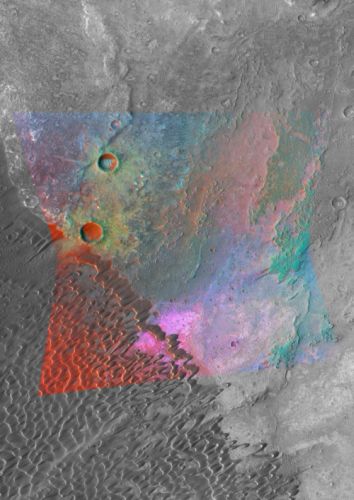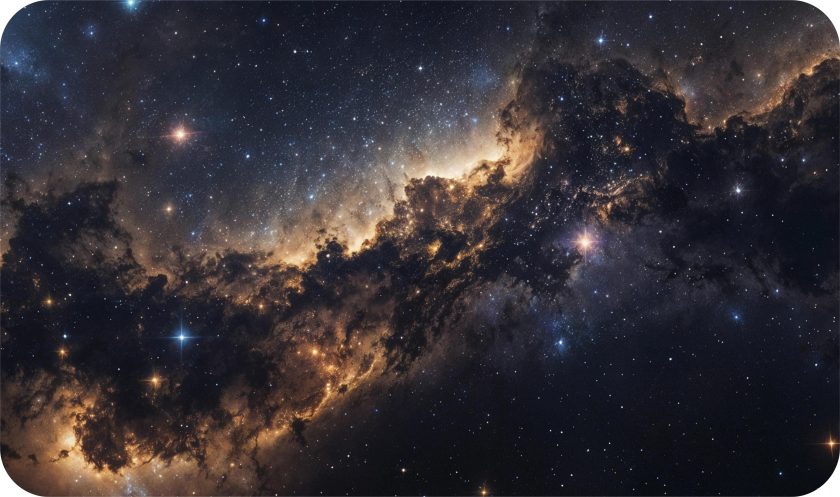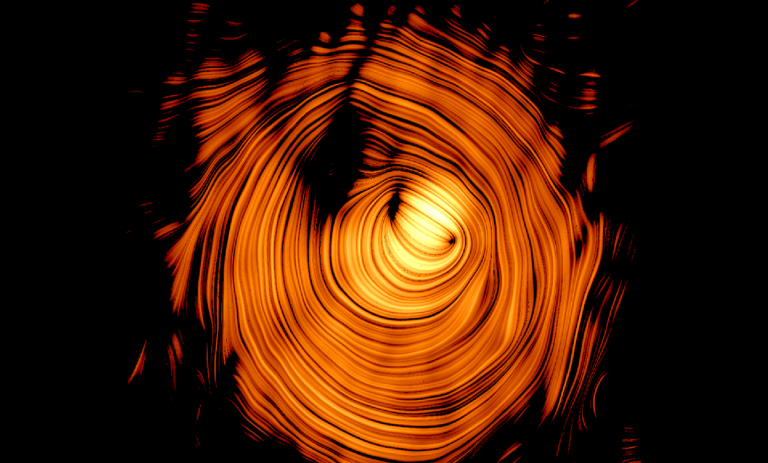Every time one reads a philosophical novel, one finds a new motif running parallelly across the main theme and the numbers of motifs keep on increasing with the number of times the book is re-read. Expedition on Mars is quite similar to such an experience or a discovery at least I think so.
Until now, researchers advocated that Mars is much simpler geologically with respect to Earth and that the planet’s surface consists of only basalt, dark-colored volcanic rocks. However, a recent discovery by the Curiosity rover has surfaced more information about the elements that are present in soil.
Curiosity has detected granite on the surface of Mars. Initially the discovery was limited to one site of the planet but after surveying a large but dead volcano, space scientists have asserted the presence of feldspar, a mineral found in granite along with basalt on the surface.
Formation of Granite
Feldspar’s deposits inside the volcano are a hint in itself for its formation. As the molten magma moved towards cooling, the melt consisting of low density separated itself from dense crystals, a process called fractionation.
This fractionation occurred again and again over a period of a thousand years until granite is formed. One very important point, according Josef Dufek, who is also an associate professor in the School of Earth and Atmospheric Sciences at Georgia Tech, is that the entire process -also called the igneous distillation- can only happen inside the core of volcano, which happens to remain active over a long period of time.
In the words of Wray,
We think some of the volcanoes on Mars were sporadically active for billions of years. It seems plausible that in a volcano you could get enough iterations of that reprocessing that you could form something like granite.
All these expedition on Mars insinuates that thinking Mars’ geology as simple would not be a right approach. Discoveries are a proof that the planet’s geographical history could be as diverse as that of Earth.




